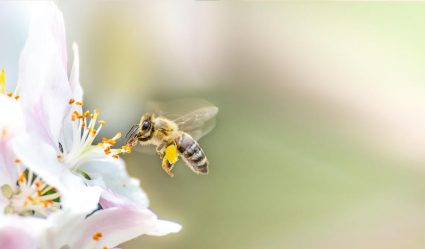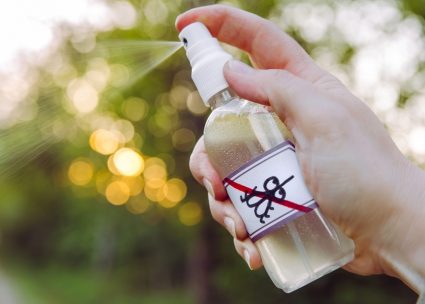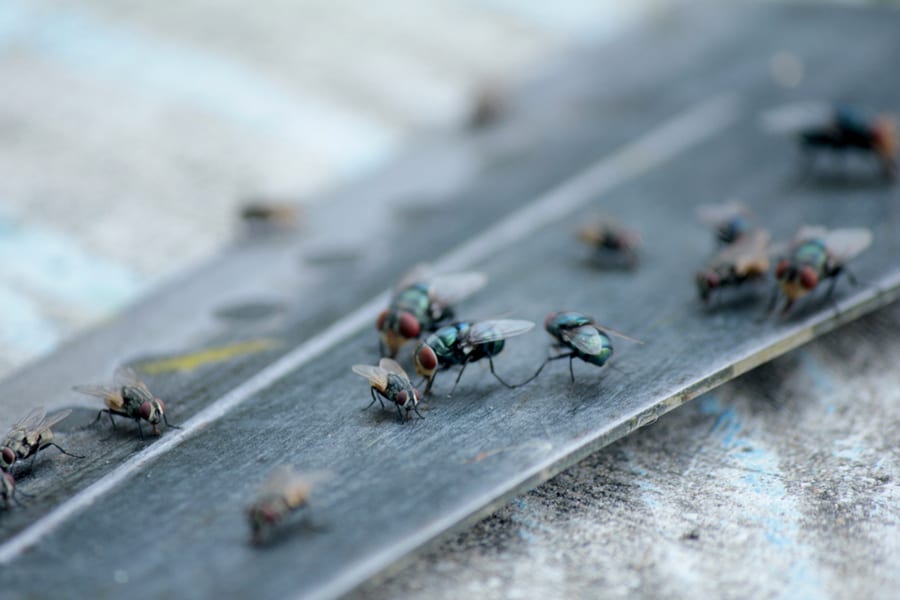
Maintaining your sump pump is crucial in keeping your home safe and dry. One often-overlooked aspect of sump pump maintenance is keeping bugs out of the system.
A sump pump infested with bugs can suffer from clogs and other issues that can lead to costly repairs or failure.
But how can you keep those pests out of your sump pump?
There are many ways to keep the bugs away from the sump pump. These include cleaning the surrounding area, using a dehumidifier, or using scent repellents.
You can also contact professional pest control services or manually check and seal any entry points in your home’s foundation.
Moreover, using a bug zapper, installing a sump pump liner, and keeping the basement well-ventilated can also help keep the bugs away.
Here, we will walk you through the importance of a sump pump, how bugs can get into the sump pump and strategies for preventing bug infestations.
By following these tips, you can ensure the proper working of your sump pump and protect your home from water damage.
What Is a Sump Pump and Why Is It Important?
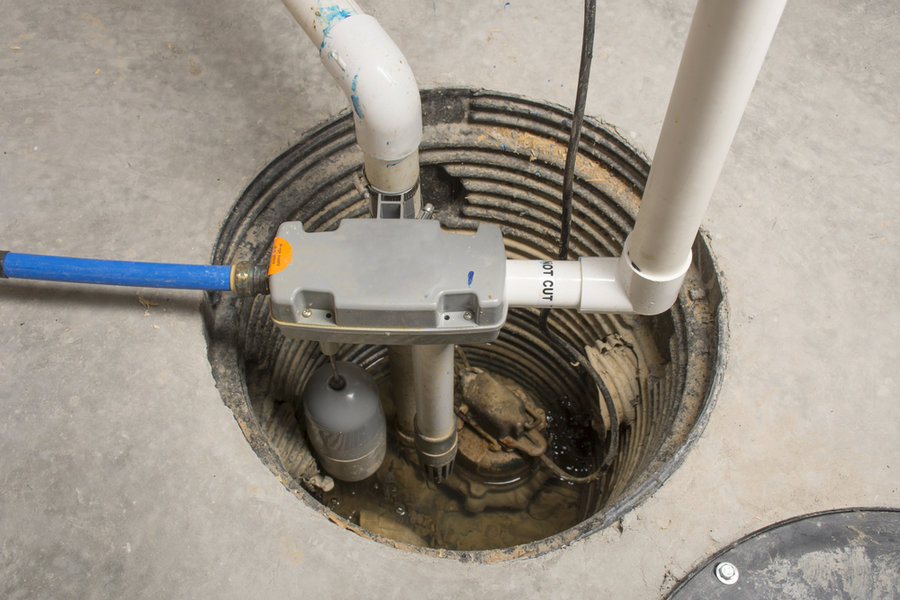
A sump pump is a device used to remove excess water from an area, such as a basement or crawl space.
It is typically installed in a sump pit, a low-lying area prone to accumulating water. The sump pump works by pumping water out of the pit and away from the home’s foundation, preventing water damage and flooding.
A sump pump is an important aspect of a home’s plumbing system, particularly in areas prone to heavy rain or flooding.
Excess water can build up in the sump pit without a functioning sump pump and cause serious damage to the home’s foundation.
In addition to structural damage, a sump pump failure can also lead to water damage to personal property and the potential for mold growth.
It is important to regularly inspect and maintain your sump pump to ensure it is functioning properly. This includes keeping bugs out of the sump pump, as their presence can lead to clogs or malfunctions.
In the next section, we will highlight how bugs can get into a sump pump and how to prevent this from happening.
How Do Bugs Get Into a Sump Pump?
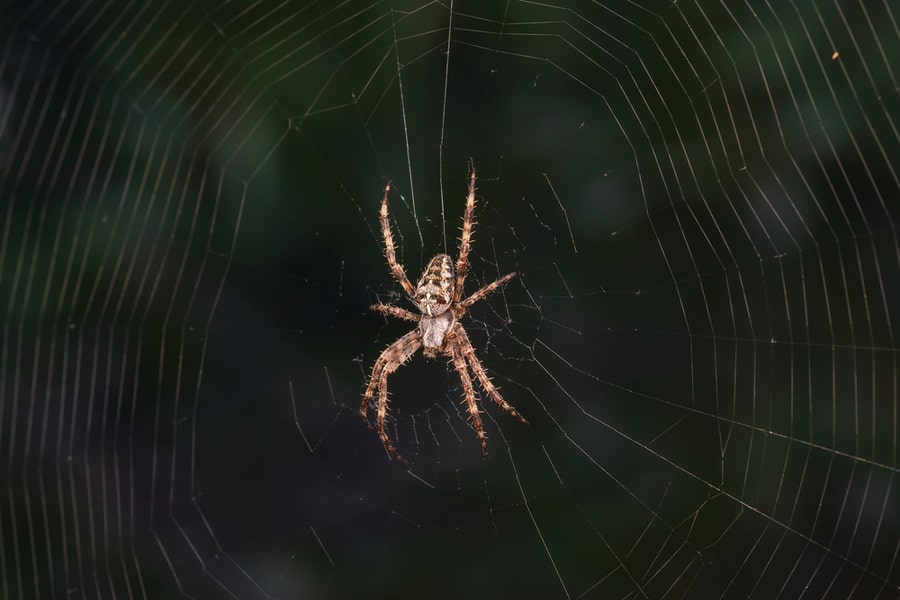
Bugs may enter a sump pump through various means, including openings in the sump pit or cover, gaps or cracks in the home’s foundation, and plumbing pipes.
Some common bugs that may enter a sump pump include mosquitoes, beetles, flies, ants, and spiders.
Factors That Attract Bugs in a Sump Pump
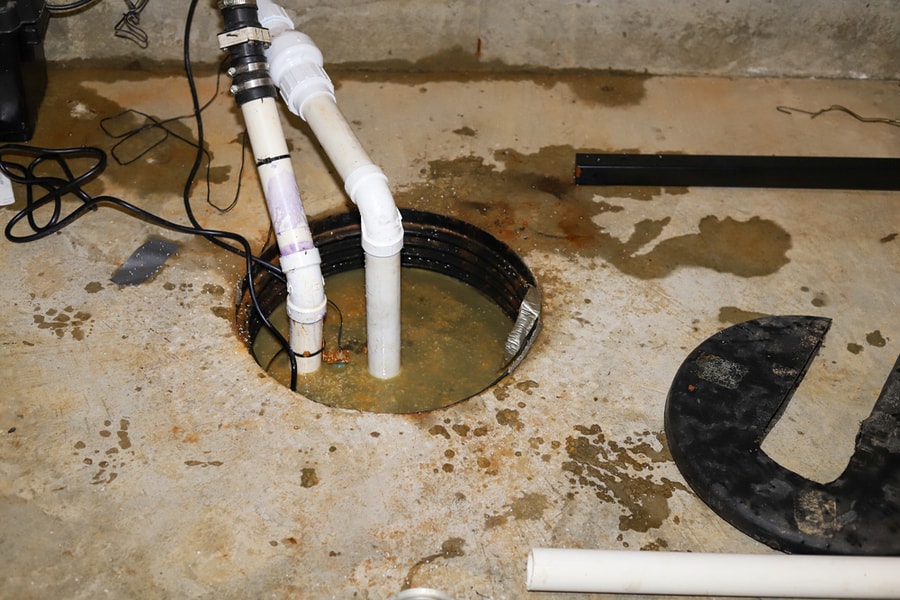
Standing water and dampness in the sump pit may attract bugs, as many insects are drawn to moisture.
The presence of other insects in the sump pit may also attract additional bugs, as some species are attracted to the scent of their counterparts.
How Bugs Gain Access to the Sump Pump
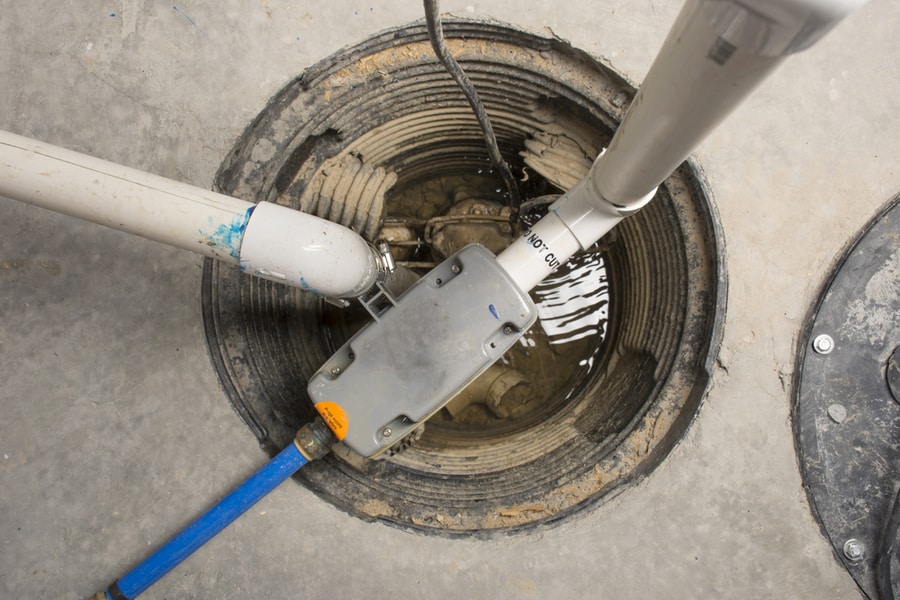
It is important to regularly inspect the sump pump and its surrounding area to ensure openings or gaps that may allow bugs to enter.
Any damage or missing parts on the sump pump or its cover should be repaired or replaced to prevent the entry of bugs.
It is also a great idea to keep the sump pit clean and free of standing water to discourage the attraction of bugs.
How To Prevent the Bugs From Entering Into the Sump Pump
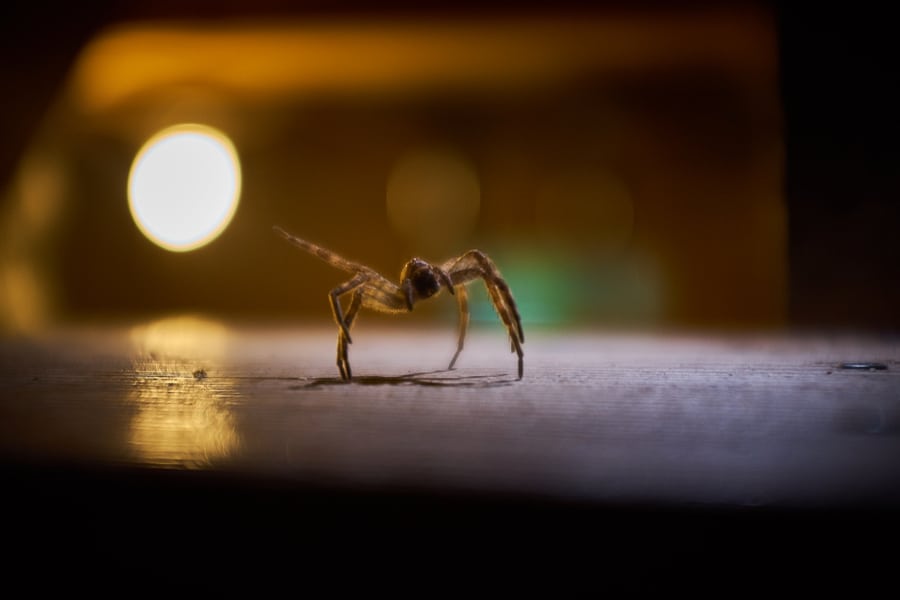
Here is a list of some effective ways to help keep the bugs out of your sump pump:
Keep the Surrounding Area Clean and Dry

In addition to maintaining the sump pit, it is important to keep the surrounding area clean and dry to discourage bugs.
This may include removing any sources of standing water, such as buckets or containers that may collect rainwater.
Use a Dehumidifier
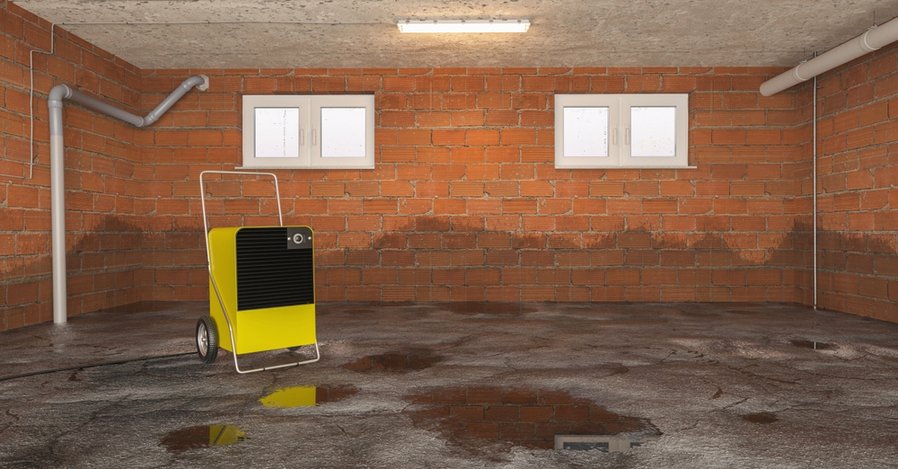
If the humidity level in your home is high, this may be an attractive environment for bugs.
Using a dehumidifier around the sump pump can help reduce the humidity and discourage the presence of bugs.
Use Scent Repellents
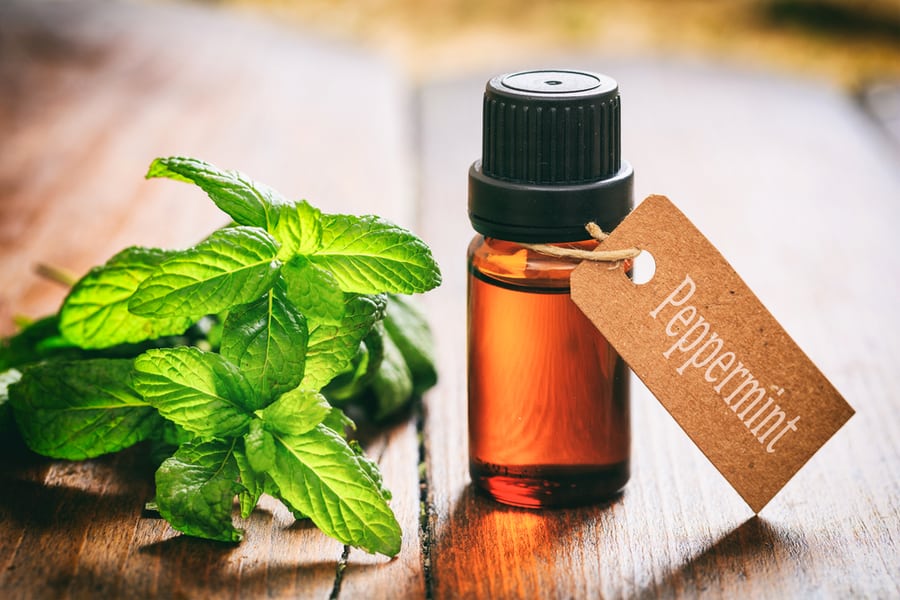
Certain scents, such as citrus or peppermint, repel some bugs.
Using essential oils or other scented products around the sump pump area may help deter bugs from entering.
Consider Professional Pest Control Services
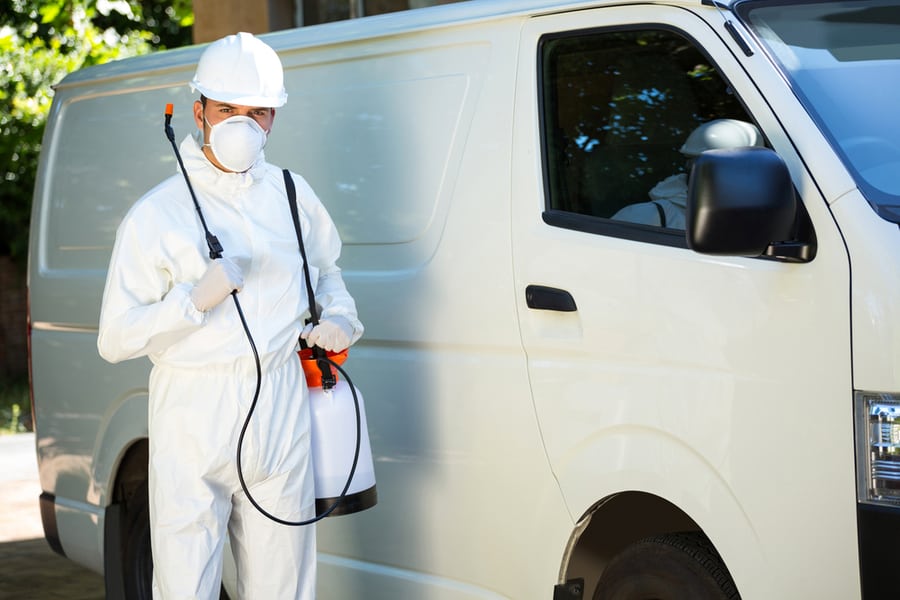
If you cannot effectively prevent bugs from entering your sump pump on your own, or if you have a severe infestation, you may consider hiring a professional pest control company.
These experts can identify the specific type of bug causing the problem and implement a targeted treatment plan to eliminate them.
Check for and Seal Any Entry Points in Your Home’s Foundation
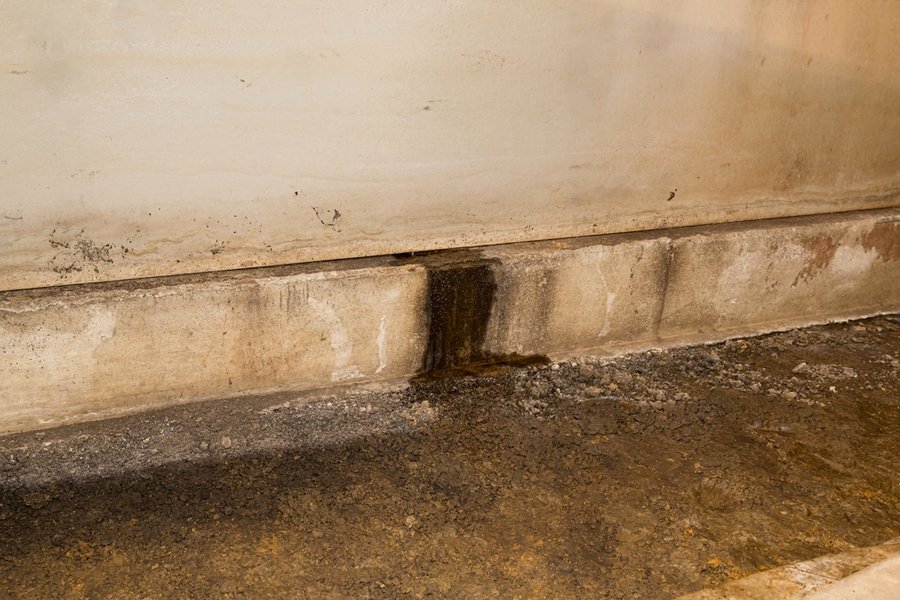
Bugs may also enter the sump pump area through cracks or gaps in your home’s foundation.
Regularly inspecting the foundation and sealing any openings can help prevent bugs from entering the sump pump area from the outside.
Keep Shrubbery and Other Vegetation Trimmed

Overgrown shrubs or other plants may provide a hiding place for bugs and attract them with moisture or other insects.
Trimming back vegetation around the sump pump area can help deter bugs from entering.
Use a Bug Zapper or Other Pest Control Devices
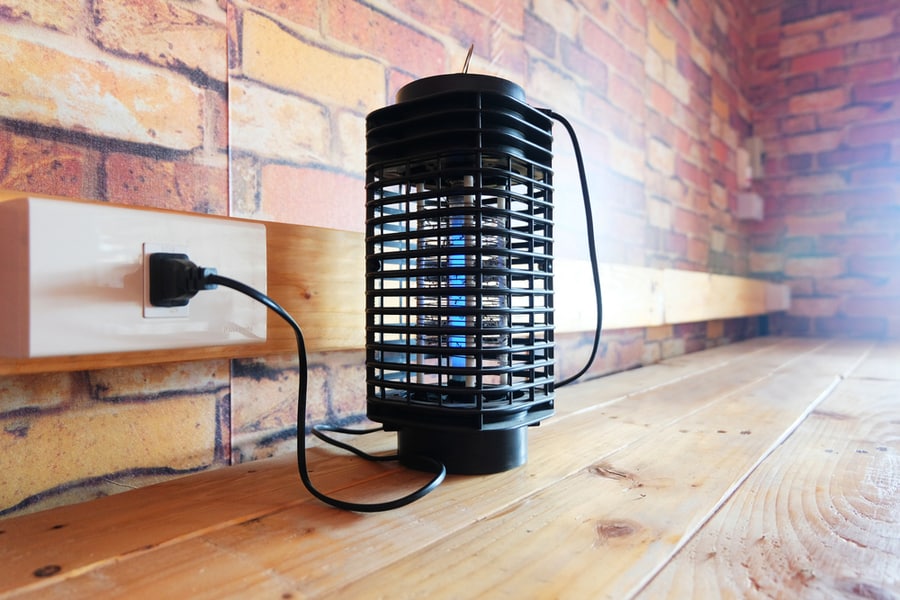
Electrical bug zappers or other pest control devices that use light or heat to attract and kill bugs may be effective in preventing bugs from entering the sump pump area.
These devices can be placed in the vicinity of the sump pump to lure and eliminate any bugs that may be attracted to the area.
Consider Installing a Sump Pump Liner

In addition to preventing standing water in the sump pit, a sump pump liner can also create an additional barrier against the entry of bugs.
These liners are typically made of a fine mesh material that is resistant to tearing or puncturing and can be placed in the sump pit to prevent bugs from gaining access.
Keep the Sump Pump Area Well-Ventilated
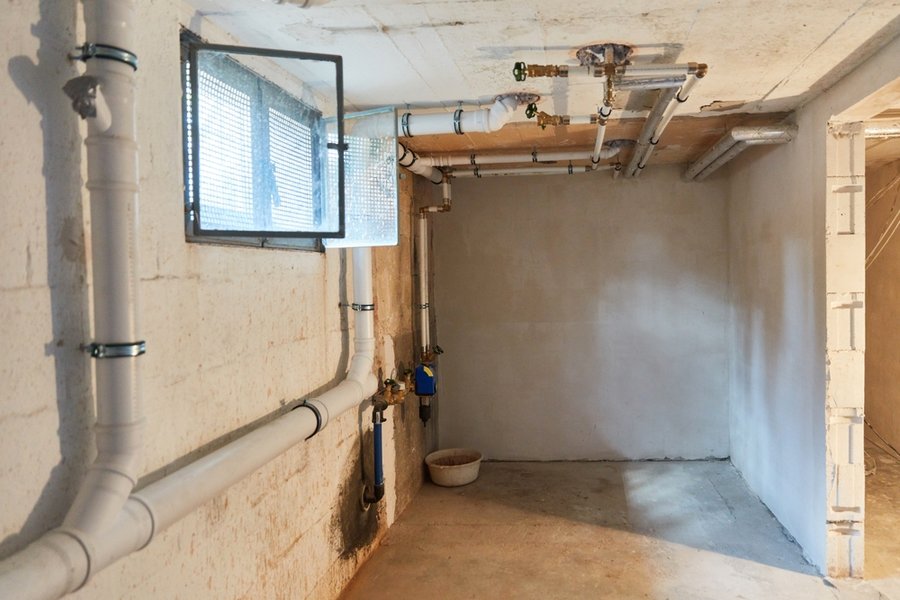
Poor ventilation in the area around the sump pump may contribute to high humidity levels, which can attract bugs.
Ensuring the area is well-ventilated by opening windows or using a fan can help reduce the humidity and discourage bugs.
The Consequences of Bugs in a Sump Pump
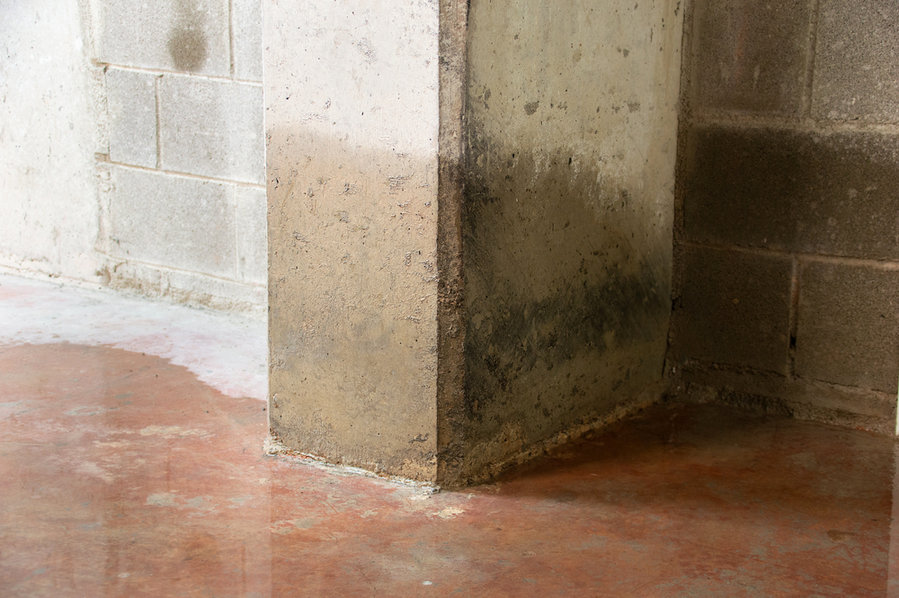
- Clogging of the sump pump or its pipes: Bug debris, such as the exoskeletons of insects or the remains of their nests, can accumulate in the sump pump or its pipes, causing clogs that can prevent the pump from functioning properly.
- Reduction in the effectiveness of the sump pump: If the sump pump is clogged or damaged by bugs, it may not be able to remove excess water from the sump pit as effectively as it should. This can lead to standing water in the pit and an increased risk of flooding or water damage.
- Potential for water damage to the home or property: If the sump pump is not functioning properly due to bugs, it may not be able to effectively remove excess water from the sump pit, leading to flooding or water damage in the home. This can cause damage to walls, floors, and other structures, as well as create the potential for mold growth.
It is important to regularly inspect the sump pump and its surrounding area to identify and address any issues that bugs may cause.
Takeaway
Inspecting and maintaining your sump pump is crucial to prevent bugs from entering and causing problems such as clogs and damage.
Taking preventative measures to keep bugs out of the sump pump, including keeping the sump pit clean and dry and repairing any damage or gaps, can help ensure the proper functioning of the sump pump and prevent water damage to the home.
Ignoring the presence of bugs in the sump pump or failing to take preventative measures can have serious consequences, including costly repairs and the risk of water damage to the home.
By regularly inspecting and maintaining the sump pump, you can protect the pump itself and prevent costly problems from arising.
Frequently Asked Questions
Can I Pour Bleach or Vinegar Into My Sump Pump?
Strong chemicals like bleach and vinegar can effectively remove foul odors from your sump pit and can also be used to clean the pit.
Just remember to use the right quantity of chemicals. There should be one cup of bleach for every gallon of water or a 50/50 mix of water and vinegar.
How Often Should You Clean Your Sump Pump?
Under normal circumstances, you should clean your pump filter and inlet once every three to four months.
However, you should perform a thorough cleaning of both the pump and pit on an annual basis.

